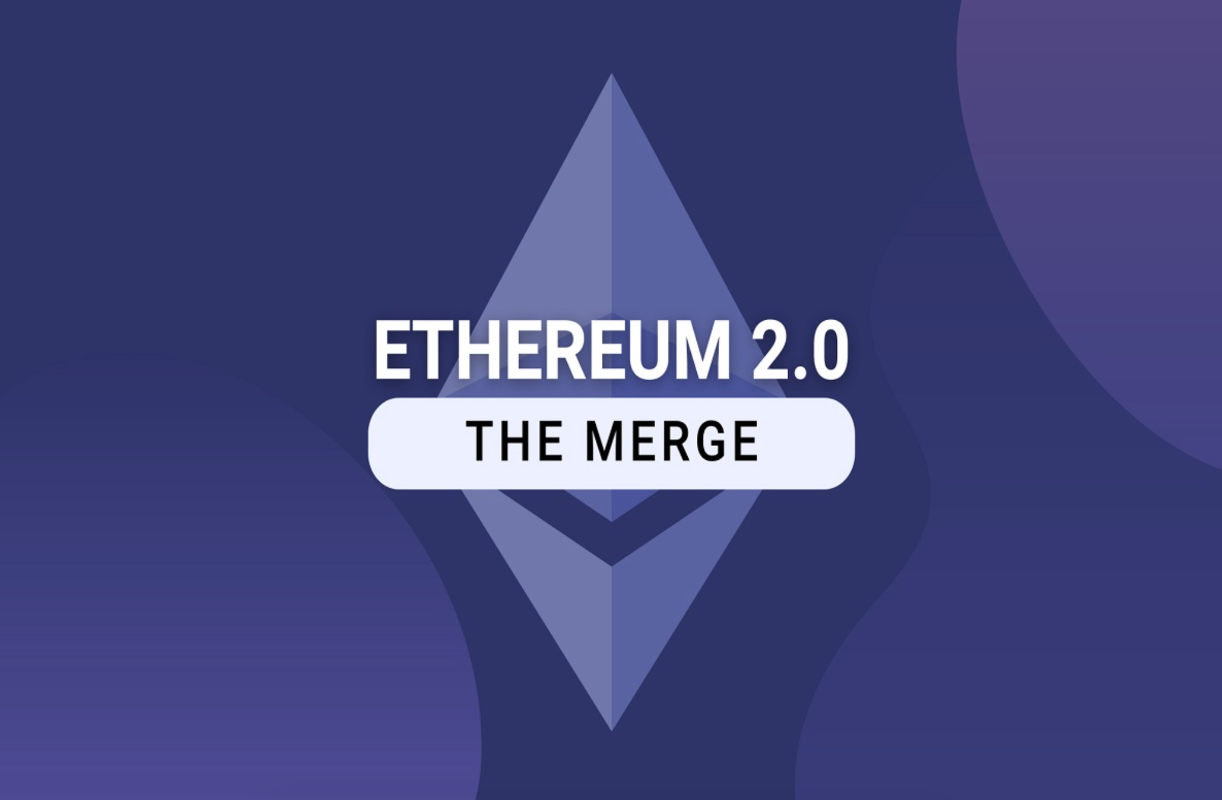ETHEREUM’S long-awaited move to proof of stake – dubbed “the merge” has finally happened.
But what has happened and what does it actually mean for investors?
What is the Ethereum merge?
The merge will see Ethereum move from proof-of-work to proof-of-stake.
Vitalik Buterin said: “The merge that we have been working on for basically the last eight years - Ethereum will finally become a proof-of-stake system.”
Currently the cryptocurrency uses proof of work which is an energy-intensive way of validating transactions and keeping the network secure.
It uses huge amounts of electricity (more than some countries) in order to process transactions on the network.
P.J. Murphy, CEO of Artgreen, an Ethereum-based creative DAO that focuses on facilitating investments into CryptoArt said: “There will be just less energy consumption overall.”
Proof-of-work blockchains are secured and verified by virtual miners around the globe who compete against each other to solve a math puzzle using a computer.
The miner that solves it first updates the blockchain with the latest verified transactions and is rewarded by the network with a predetermined amount of cryptocurrency.
Proof-of-stake aims to achieve the same outcome as proof-of-work: to securely verify transactions on the blockchain – but is different.
Proof-of-stake blockchains are secured by validators ‘staking’ their cryptocurrency (lending the blockchain their cryptocurrency), which gives them the right to check new blocks of transactions and add them to the blockchain. In turn they are also rewarded by the network with a predetermined amount of cryptocurrency.
Validators can be anyone with at least 32 ETH available to ‘stake’. Users can also participate with smaller amounts of ETH through staking pools or cryptocurrency exchanges.
Ethereum has moved from proof-of-work to proof-of-stake to curb the energy consumption.
The Ethereum Foundation claims it will make the network 99 per cent more energy efficient.
The upgrade, however, doesn’t solve other issues with Ethereum’s capacity – for example how many transactions are processed per second.
What will the Ethereum merge mean?
Ethereum won’t become faster
Ethereum transactions won’t become quicker.
According to the Ethereum Foundation, the move to proof-of-stake will mean blocks are produced around 10 per cent more frequently than they are on proof-of-work.
The foundation said: “Though some slight changes exist, transaction speed will mostly remain the same on layer 1.
“This is a fairly insignificant change and is unlikely to be noticed by users.”
Ethereum transactions won’t become cheaper
Although it’s hoped Ethereum gas fees will go down with future upgrades, this won’t happen immediately.
The foundation said: “The merge is a change of consensus mechanism, not an expansion of network capacity, and will not result in lower gas fees.”
Ethereum’s notoriously high transaction fees have put some people off using the blockchain altogether, with them looking to “Ethereum killers” such Solana and Avalanche instead.
The merge won’t make Ethereum deflationary
Ethereum’s monetary policy will change but Ethereum won’t become deflationary.
The merge will, however, add deflationary pressure to the network because less crypto will be rewarded to validators keeping the network secure than before.
With proof-of-work, all miners are rewarded 13,000 ETH each day.
But with proof-of-stake, that number is reduced by 90 per cent, the Ethereum Foundation has said, meaning stakers will be rewarded with 1,600 ETH per day.
A certain amount of ETH that is paid to the network through transaction fees will also be burned but this came into effect last year during the EIP-1559 upgrade.
This combined with a drop in rewards for validators will add deflationary pressure to the cryptocurrency, but it won’t make it deflationary – instead it will reduce Ethereum’s inflation rate.
Over time, it’s possible more ETH will be burned than is issued yearly, but the merge alone won’t make this happen.
What does the merge mean for investors then?
Ultimately, the merge shouldn’t impact investors at all.
Ethereum’s core developer Danno Ferrin said: “To ordinary users, the merge means mostly nothing.”
Ethereum’s core developer Micah Zoltu agreed. He said: “The merge should be a nothing burger if it goes well.”
